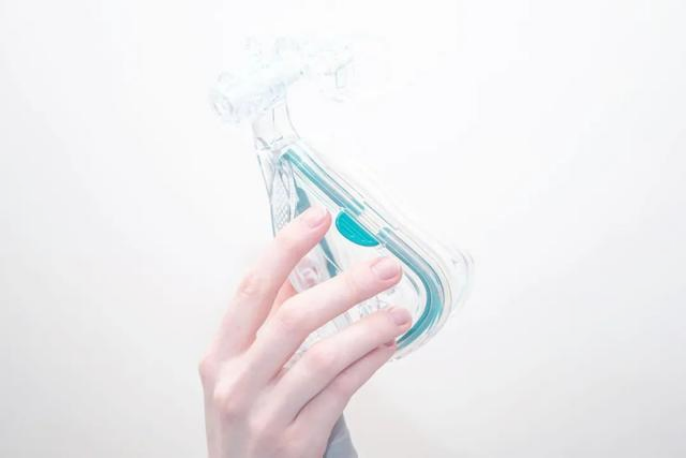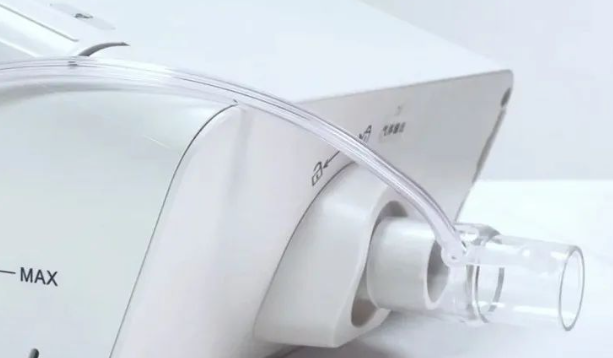Tel:
0755-23027370
Is a home oxygen therapy machine sufficient for blood oxygen saturation?
Life cannot go without oxygen. If oxygen supply is insufficient or there is a obstacle in the body's utilization of oxygen, asphyxia will occur, which not only affects our body functions but also leads to diseases.Oxygen is also a drug that can be used for emergency treatment of critically ill patients, as an adjuvant therapy for diseases to improve patients' symptoms. Many patients or their families have a misconception that oxygen therapy (oxygen therapy) is only needed during acute illness rescue, or that patients who need oxygen are very seriously ill. In fact, for some patients with acute diseases that have been relieved or chronic disease patients who regularly visit a hospital outpatient department, doctors may increase a special prescription - home oxygen therapy - in addition to medication.
Nowadays, oxygen therapy is gradually entering households. In fact, different groups have different purposes for taking oxygen, and the flow rate and time of home oxygen therapy are also different.

Sub-health Population Oxygen Healthcare
In 1969, scholars proposed the hypoxia aging theory, which suggests that as people age, their partial pressure of oxygen gradually decreases, leading to hypoxia. Elderly individuals are prone to hypoxia, and various organ functions undergo age-related degeneration, particularly in respiratory and cardiovascular systems. Chronic hypoxia can accelerate aging, and it can be said that chronic hypoxia and aging are mutually reinforcing and ultimately lead to chronic diseases.
Hypoxia is one of the important causes leading to sub-health. Sub-health can be manifested as attention deficit, memory loss, headache, dizziness, insomnia and dream-laden sleep, excessive daytime sleepiness, and decreased work capacity. Multiple foreign studies have found that inhaling oxygen at a concentration of 30% can activate multiple regions of the brain. Brain workers who show symptoms of cerebral hypoxia may consider undergoing oxygen therapy.
Commonly used during rehabilitation period of chronic diseases/lung injury
The main population of home oxygen therapy during the rehabilitation period of chronic diseases are elderly patients with respiratory and cardiovascular and cerebrovascular diseases. The most widely used application of home oxygen therapy is chronic obstructive pulmonary disease, which can prolong the patient's life expectancy and delay the progression of the disease. Long-term home oxygen therapy patients are recommended to take oxygen for 15 hours or more each day. To achieve the effect and avoid the hazards of carbon dioxide retention, patients should follow the recommendations of medical personnel, standardize oxygen flow and inhalation time, and monitor relevant indicators to adjust the inhalation plan.
Points to consider for home oxygen therapy
Commonly used home oxygen therapy equipment includes oxygen bags/oxygen cylinders and oxygen concentrators. Oxygen bags have a small capacity and a short usage time, generally used for emergencies. Although oxygen cylinders have a longer usage time than oxygen bags, they need to be regularly inspected due to the high pressure inside. Oxygen concentrators have obvious advantages in terms of oxygen supply, but for individuals with impaired pulmonary function, the aforementioned devices may be insufficient.
Many families have begun to use home ventilators, with sleep ventilators being the first to enter households. As more people suffer from heart and lung symptoms caused by other diseases in recent years, dual-level ventilators for respiratory treatment are gradually becoming part of home treatment reserves.
When undergoing home oxygen therapy, it is important to pay attention to the following: the oxygen supply device should be kept away from sources of ignition; smoking should not be done while receiving oxygen therapy; procedures that may cause static electricity or electrical sparks should be avoided; to prevent infection, the nasal tube should be cleaned or replaced regularly; the water in the humidification water tank should be pure water and should be changed frequently to avoid bacteria growth.
Regardless of which oxygen therapy device is used, it is recommended to combine it with a portable blood saturation monitor to test the effectiveness of oxygen inhalation. It is best to adjust the flow rate and duration of oxygen inhalation under the guidance of a doctor.
For individuals with pulmonary dysfunction or breathlessness, relying solely on oxygen therapy devices may not achieve satisfactory results. In this case, consider combining it with ventilator use.
How to use a ventilator and an oxygen concentrator together?
If the ventilator has its own oxygen port, you can connect the oxygen hose to it directly. If there is no oxygen port on the ventilator, you can connect the oxygen hose to the port cover. Open one side of the port cover.
Methodology
If the ventilator is equipped with a three-way tube, the oxygen tube can be connected to it. If there is no three-way tube, connect the oxygen tube to the port cover and open one side of the port cover.
First method: Some ventilator circuits are oxygen ports. This is seen in certain heated circuits as part of their design.

Second method: Oxygen is a device that allows oxygen to be connected. It is a small plastic connector, with the wider end connected to the ventilator exhaust port, the middle section connected to the tube, and the narrowest end connected to the oxygen hose.
Third method: Place the mask over the oxygen tube. Connect the oxygen tube to the mask normally, and insert the oxygen tube into your nasal passages.